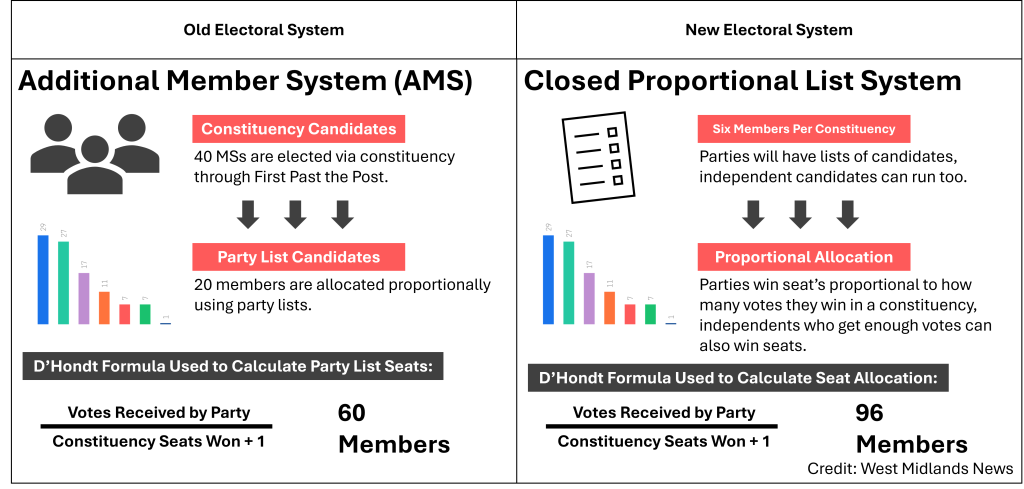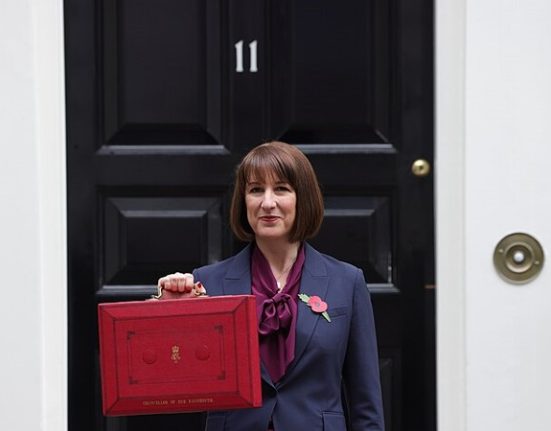In another blow to Keir Starmer’s government, a poll conducted by FindOutNow places the Labour Party, which has been in power in Wales since devolution began, in third place among Welsh voters.
Across the UK, Labour has lost popularity amid the ongoing grooming gang scandal and claims of misguided economic policies – even slipping into third place nationally in some polls.
Typically a Labour stronghold
Wales has been a Labour stronghold for decades. The loss of Labour support in Wales is symptomatic of a seismic shift in the way that politics is conducted in the UK.
Reform leading in Wales is yet another example of how populism has taken hold of voters worldwide.

It’s not only Labour
The Conservative Party, the current opposition, has slipped into fourth place. The leadership change late last year has proved insignificant in improving the party’s performance in Wales with voters likely influenced heavily by the ever-increasing appeal of Reform among centre-right voters.
The poll in Wales placed Reform UK at 29%, Plaid Cymru at 27%, Labour at 17%, the Conservatives at 11%, the Lib Dems and the Greens both at 7% whilst other parties are polling at 1%.
Why has this happened?
Populism has swept across Europe and the wider Western world, with incumbents struggling everywhere. Consequently, politics has become increasingly more polarised. So it’s no wonder that the two populist right and left-wing parties have captivated the Welsh electorate, with Reform and Plaid Cymru taking the lead respectively.
Not as straightforward as it may seem
With no single party commanding a majority in the polls and a complicated Closed Proportional List electoral system introduced to elect MSs (Member of the Senedd) – Reform and Plaid Cymru may find it challenging to command a majority next election, with the proportional voting system likely to block parties from winning enough members to form a one-party executive.
Previously, AMS gave voters two voting opportunities, with electors voting for a constituency representative and a party on two separate ballot papers with the intention to create a proportional party make-up in the assembly consisting of MSs elected in constituencies and from a party list.
However, in the next Senedd election, the new Closed Proportional List System will be implemented, with six members being elected in each constituency, with seats per constituency allocated proportionally based on the number of votes received by that party. The number of MSs in the Senedd has also controversially increased from 60 to 96. See the graphic below, which explains the changes in the electoral system:

A two-party coalition would also be incredibly difficult with Labour and the Conservatives polling so low in the polls. Creating a risk of government formation chaos following the next Senedd election with the potential for a three party coalition.
So how will it play out?
The reality is that the election is too distant to make accurate predictions on and a complex electoral system makes seat predictions even more challenging. With the Labour party in the midst of another crisis, it’s likely they’ll move around in the polls before polling day.
One thing is clear, however: Labour dominance in Wales has evaporated and all is to play for. Raising the question as to whether Labour’s almost three decades of government in Wales will draw to a close, and if so, who will take control of Wales’ collection of devolved powers.






